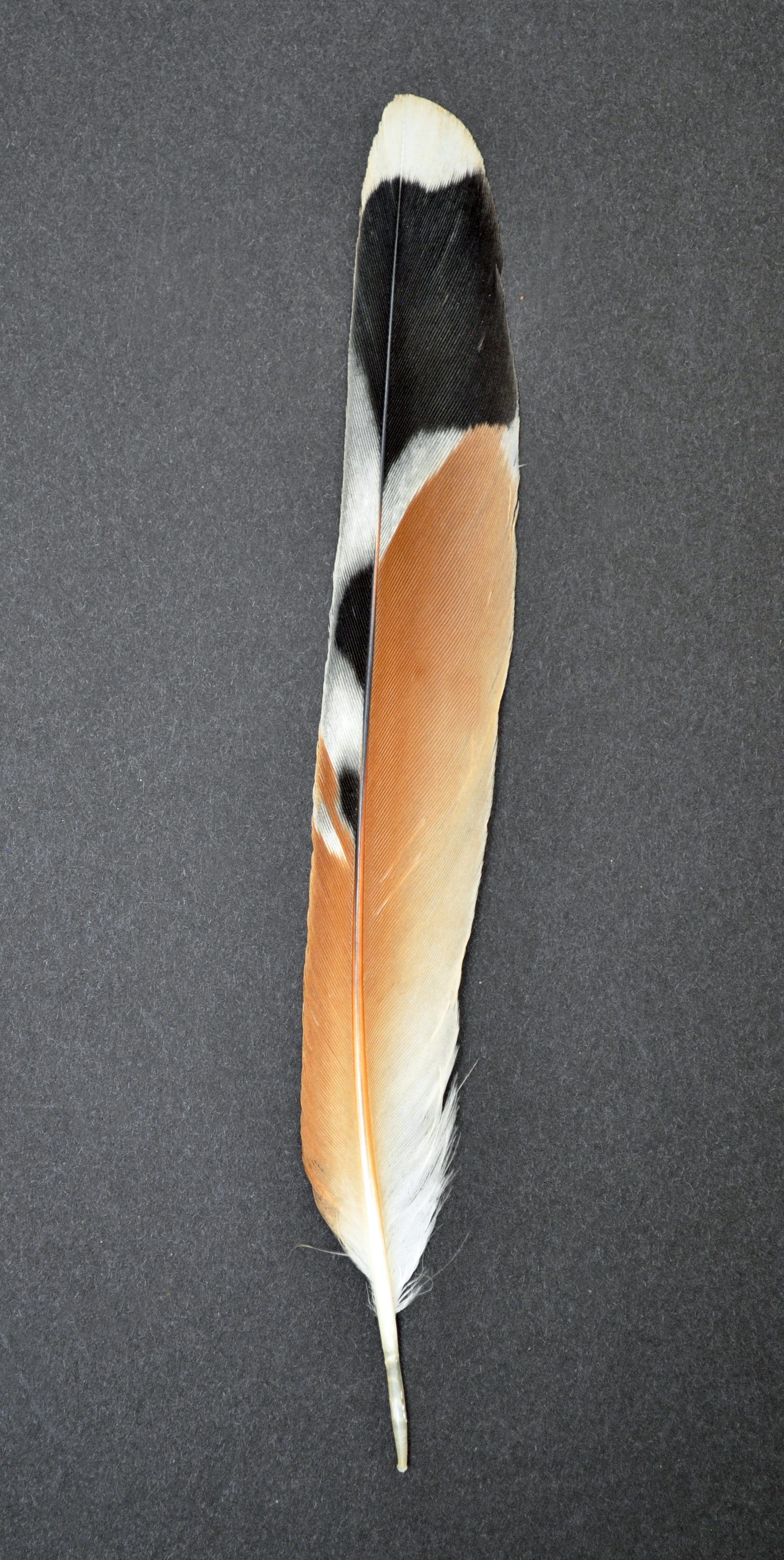| Identify My Feather | Browse Scans | Search Scans | Glossary | More Information |


ABOUT THE FEATHER ATLAS PROJECT












Methodology
All feather scans were made on an Epson XL10000 scanner, at a high-resolution setting of 600 dots per inch (dpi), and at a 48 bit color depth. Color calibration was performed, using Monaco calibration software. Original scans are archived at the National Fish and Wildlife Forensics Laboratory in uncompressed (.tif) format, with no digital alteration.
The original scans were processed into the images available on this website using Adobe Photoshop software. The scans were cropped, labeled, and a Photoshop layer with a 2-cm grid and scale was added. In some cases, slight adjustments to the images were made in order to match the true appearance of the feathers as closely as possible. These completed images were then saved as both high-resolution (300 dpi) Photoshop (.psd) files (retaining all layers), and as lower-resolution (.jpg) files. The .jpg files are presented on this website.
Data on scanned feathers, including species, age, sex, collection date and locality, and measurements of feather length, were associated with each scan as metadata. Feather measurements are listed in the table starting from the left side of the scan. Thus on a primary feather scan, the outermost primary is listed as Feather 1.
|
Last Updated: March 7, 2025
U.S. Fish and Wildlife Service Home Page | Department of the Interior | USA.gov | About the U.S. Fish and Wildlife Service | Accessibility | Privacy | Notices | Disclaimer | FOIA |
 |
|
